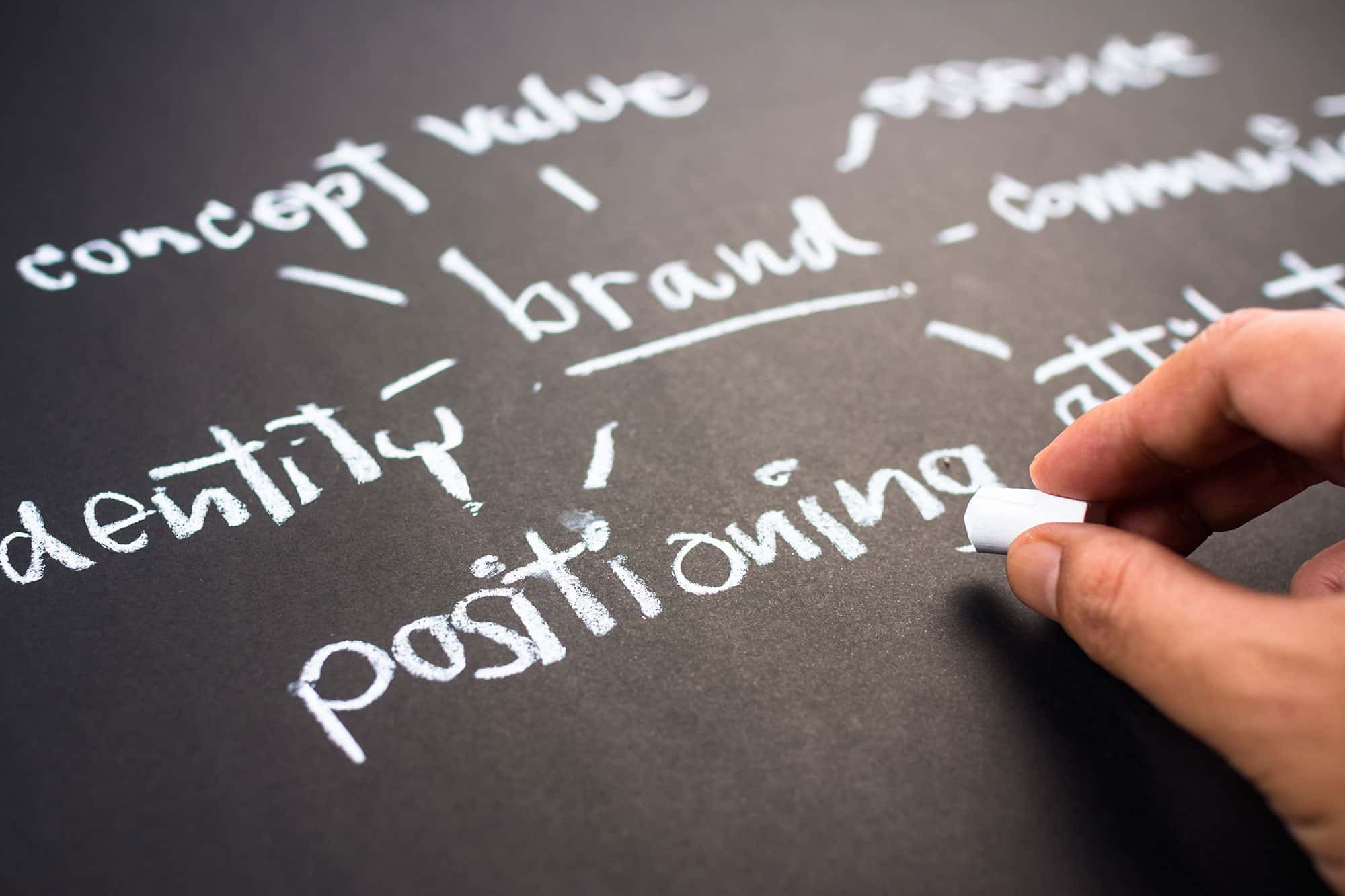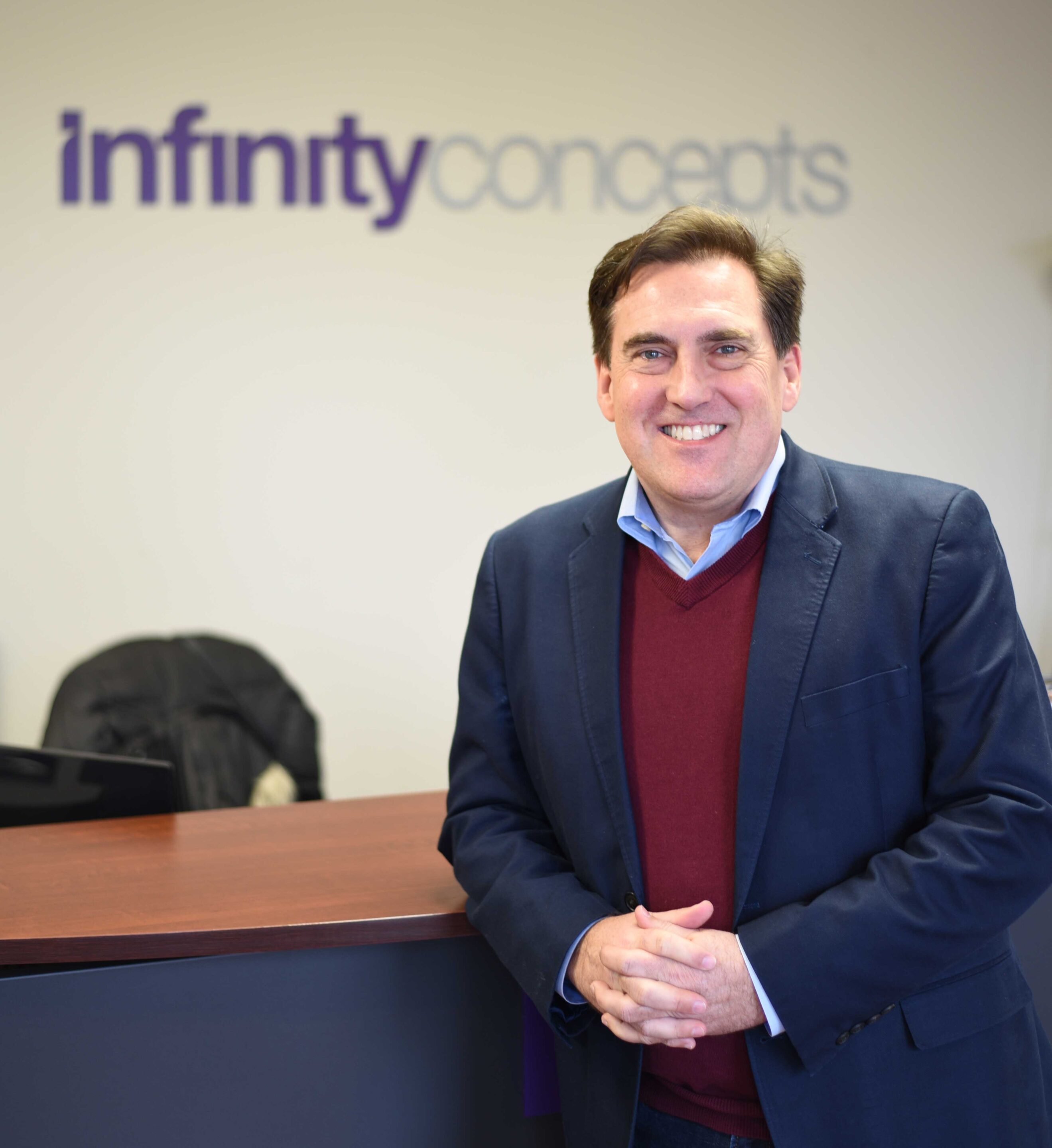An important part of the branding process is positioning your organization correctly. You cannot begin to communicate effectively until you understand the position your organization holds in the minds of the audience. Effective positioning helps attract customers and donors in the short term and helps create bonding to your brand in the long term. Let’s start with a couple of definitions:
- Product Category is a group of products, brands, or organizations that offer the same general functionality.
- Position is the place that a brand occupies in the mind of its target audience and how it is distinguished from others in the same Product Category.
- Differentiation is how a brand is unique from others in the same product category. Whatever an organization can use to stand out from the rest is called differentiation.
- Mindshare is the amount of “mental real estate” you own in the public’s mind when they think of your product category.
Positioning is the process of making your organization the one people think of first and feel the best about in your specific Product Category.
Let’s do an experiment… Here are a few Product Categories:
- Coffee Shop
- Fast Food
- Online Search
- Christian Evangelism
- Prison Ministry
If I were to ask you who you think of first in each of these Product Categories, you would probably come up with the five names at the end of this blog*.
How do I know this? Because each these brands have the dominant mindshare in their respective Product Categories.
Generally speaking, there are three types of positioning: functional, symbolic, and experiential:
- Functional Positioning – resolves problems, provides benefits, meets needs
- Symbolic Positioning – creates belonging, enhances social status, heightens prestige
- Experiential Positioning – touches emotions, stimulates the senses, addresses desires
The type of positioning you use depends on the services or functionality you provide. Ministries will often use Functional Positioning. Clubs or upscale brands will often use Symbolic Positioning. Restaurants and consumer goods will often use Experiential Positioning.
Regardless of which type of positioning makes the most sense for your organization, the fundamental process is the same. It involves answering a serious of simple questions and using the answers to create a unique position:
- Who are you? (Organization Name)
- What are you? (Product Category)
- What do you do? (Positioning Type)
- Who do you do it for? (Audience)
- How are you unique? (Differentiation)
By answering these five questions, you can create a clear positioning statement for your organization. Allow me to use Infinity Concepts for an example. Here are my answers to the five questions:
- Infinity Concepts
- Brand Communications Agency
- Functional: Provide Effective Communication, Facilitate Organizational Growth
- Clients – Ministries, Non-Profits, Businesses (US & International)
- Integrated – Multi-Platform, Multi-Discipline, Seven Service Categories
So here is the Infinity Concepts positioning statement:
Infinity Concepts is an integrated brand communications agency that helps organizations grow through effective communication with an ever-changing culture.
Positioning your organization correctly is simple – but not easy. The process is straight-forward — but arriving at meaningful conclusions can be complex. The value to your organization is immeasurable.
Let us know if you would like Infinity Concepts to help position your organization effectively.
Answers: Starbucks, McDonalds, Google, Billy Graham Evangelistic Association, Prison Fellowship
Let us know if you would like Infinity Concepts to help position your organization effectively. Contact us today!
- Navigating Christian TV:Maximizing Impact through Effective Program Placement - December 8, 2023
- Anticipating Direct Mail Success Through Doubling Day - July 28, 2023
- Your Brand Is Talking—What Is It Saying? - March 24, 2023

